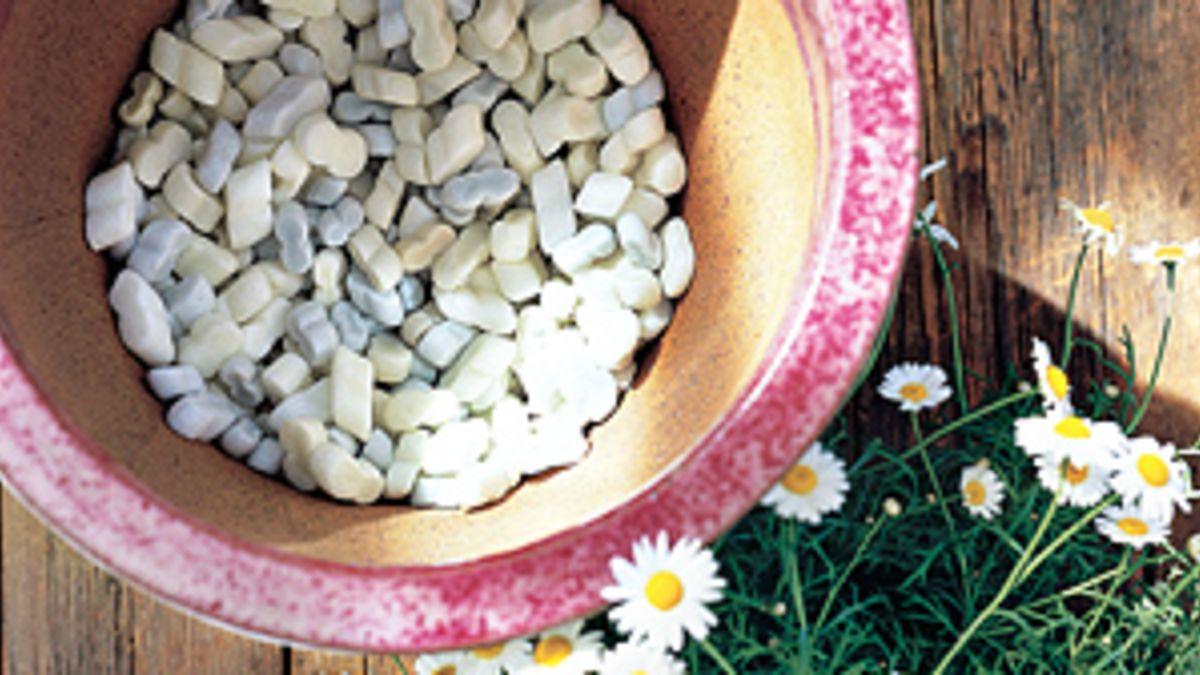Insulating pots with styrofoam is a lot of work, but is it even worthwhile? Photo: lindsaystephenson.com
Question: I want to try growing a zone 5 weigela in a pot on my balcony and I live in hardiness zone 5. My local garden center suggested it will still need winter protection and recommended that I insulate the pots with styrofoam. However, I can’t figure out how to apply Styrofoam to the round pot it grows in. Is there are better method?
You are watching: Insulating Pots: Is It Worthwhile?
Charlie
Response: I’ve never understood the logic of lining pots with polystyrene (styrofoam). It doesn’t really keep the roots any warmer: even with insulation, the cold will eventually work its way into the pot and it will soon be as cold as the surrounding air. Polystyrene insulation does help in slowing down heating and cooling, so does have some beneficial effects, as alternating freezing and thawing are more damaging to plants than cold itself. And also, there is the how-to to consider. Insulating rectangular pots with waterproof polystyrene is doable, but quite a chore, but, as you point out, it’s nearly impossible to do with round pots.

Read more : How To Treat And Seal Tree Stumps For Outdoor Use
If you do buy into the “polystyrene keeps plants warm” theory, you could always buy a larger round pot, put packing peanuts on the bottom, then set the pot inside and fill in the open space with more peanuts. Make sure you use polystyrene peanuts, not biodegradable ones, or they will disintegrate over the winter.
The Chicken Wire/Mulch Method
Still, I’d suggest a simpler method that just might keep the plant a tad warmer. First, move your weigela up against your building’s wall. Insulated though it may be, the wall will give off some heat in the winter, heat your plant can make use of; plus a wall will reduce cold winds. Also, the wall will heat up on sunny days, transferring some of the heat to your plants. So, your shrub will be somewhat cozier near the wall.
If you have other plants growing in pots, hopefully hardier ones, surround the weigela with those, putting the hardiest plants on the exposed side. “Safety in numbers” certainly does apply to container plants in a cold climate!

Now, build a “fence” of chicken wire around the pot or pots and fill it with hay or mulch. Cover the top of the pots with mulch as well. This will help keep your plant’s roots a bit warmer and will certainly reduce any harmful seesaw temperature changes.
And might I suggest, while you’re at it, you repot your weigela into a bigger pot? Soil itself has excellent insulating properties, so plants in large pots are much more cold-resistant and better insulated from alternating freezing and thawing than ones in small pots.
In-Ground Storage

Read more : Insulated Winter Cat Shelter DIY Tips
Even better, if you can find access to garden space somewhere, dig a hole and bury the pot right up to its rim, then cover the ground with a thick mulch. Not only is soil an excellent insulator all on its own, but ground heat rises from the bowels of the earth all winter, keeping soil much warmer than the air above. Temperate climate plants even evolved taking the effects of ground heat into consideration: their roots are generally much less cold hardy than their aerial parts. Of course, for bottom heat to be helpful, it would be preferable that the pot not be insulated!
Covering the ground all around the plant with a thick layer of mulch will give the plant even greater cold resistance.
A Heated Garage
Or move your weigela into a garage that is cold, but heated enough to be constantly above freezing. Maybe a friend can lend you some such space? Don’t worry about lack of light: at that kind of temperature, your weigela will be fully dormant. Just check on it monthly and water if it starts to dry out.
The Easiest Solution
Ideally, though, you wouldn’t grow a zone 5 weigela on a zone 5 balcony. The general rule of thumb is to choose a balcony plant that is a least two zones hardier than your local conditions. In your case, a zone 1, 2 or 3 plant would be a better choice: it will have hardy enough roots to survive a zone 5 winter in a pot with no special care whatsoever.
One of the premises of laidback gardening is to always grow plants adapted to your conditions rather than attempting to adapt the conditions to suit your plant. Life is so much easier when you work with Mother Nature rather than against her!
Source: https://gardencourte.com
Categories: Outdoor

